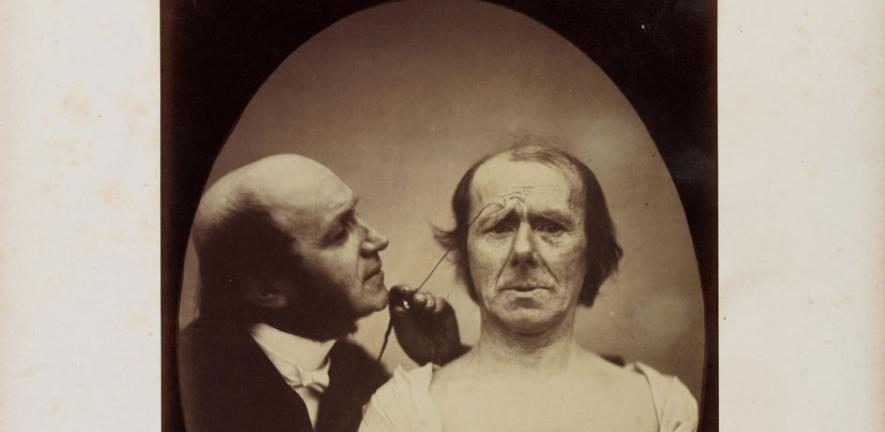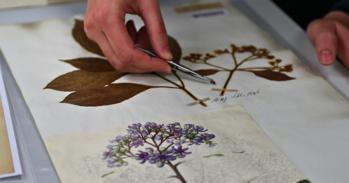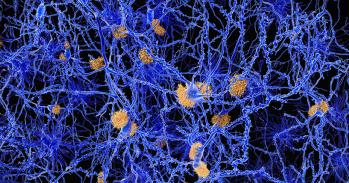
An online recreation of Charles Darwin’s famous experiment on the expression of emotion is being launched at Cambridge University’s Festival of Ideas tomorrow (22nd).
An online recreation of Charles Darwin’s famous experiment on the expression of emotion is being launched at Cambridge University’s Festival of Ideas tomorrow (22nd).
Darwin’s research has striking parallels with contemporary facial recognition experiments.
Alison Pearn
Darwin’s pioneering work will be featured alongside the latest research on autism and affective computing in a unique, interdisciplinary collaboration.
The Darwin Correspondence Project, based at Cambridge University Library, has joined forces with the University’s Computer Laboratory and Autism Research Centre as part of the Festival of Ideas (www.cam.ac.uk/festivalofideas), the UK’s only festival for the arts, humanities and social sciences.
Using 21st century techniques to study the same problems Darwin grappled with during March and November 1868 as he worked on his book, The Expression of the Emotions in Man and Animals, Saturday’s experiment will use the same photographs Darwin used nearly 150 years ago. After tomorrow, anyone will be able to take part online, through the Darwin Correspondence Project’s website, at www.darwinproject.ac.uk/emotions/
The test follows the format of one devised by the Cambridge Computer Laboratory which invites participants around the world to watch videos on their home computers and classify their emotional content, drawing on their database of words describing emotions.
It will be demonstrated alongside a similar test devised by the ARC’s Simon Baron-Cohen, a world authority in the study of autism, which asks users to observe video clips of facial expressions and classify them as one of the basic emotions such as happiness, sadness, anger, disgust and fear.
Data from the online experiment will be available for future research and carry on the exploration where Darwin left off, as he used the now-famous photos made by French physiologist Guillaume Benjamin Amand Duchenne.
Dr Alison Pearn, Associate Director of the Darwin Correspondence Project, said: “In 1868 Darwin showed a succession of visitors a set of photographs of human faces, some with the muscles artificially contracted by electric probes, and asked them what emotion they thought the photographs conveyed. Darwin’s research has striking parallels with contemporary facial recognition experiments.
“Darwin was endlessly curious and we hope to provoke curiosity too. Are there core emotions? What are they and how many? Why do we express emotions in the way we do? How can we be sure we all mean the same things? These are the questions Darwin was beginning to address and into which there is a great deal of current research.”
The Computer Laboratory work, led by Peter Robinson and his team, is looking at the development of socially and emotionally adept technologies. Emotionally intelligent interfaces, such as the ones being worked at Cambridge, are able to understand our emotions and react to them. The project is investigating the inference of people’s mental states from facial expressions, vocal nuances, body posture and gesture – and also considering the expression of emotions by robots and cartoon avatars.
The Darwin Correspondence Project is recreating the experiment as part of its "Darwin and Human Nature" initiative, funded by the Arts and Humanities Research Council, the National Science Foundation, and the John Templeton Foundation.
This work is licensed under a Creative Commons Licence. If you use this content on your site please link back to this page.





